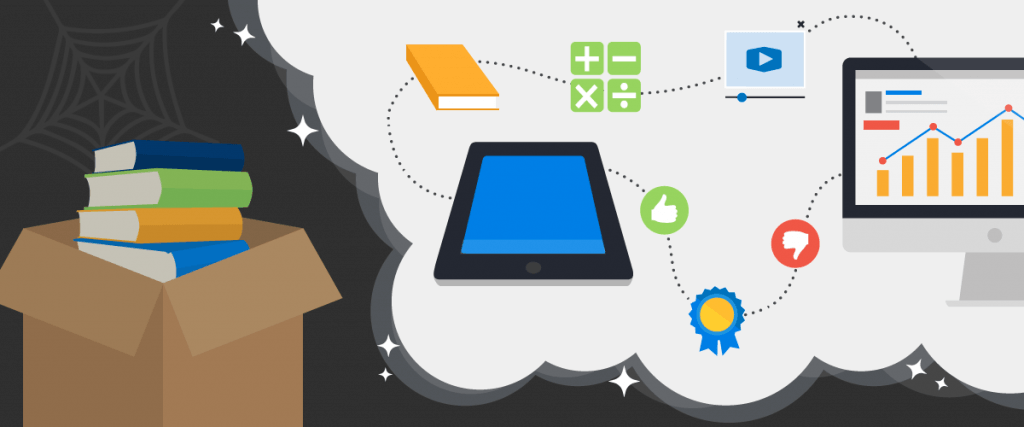Digital learning is used throughout this guide to refer to learning that leverages digital tools and resources, regardless of where it occurs.
Technology and digital tools can help your child learn in ways that work for your child. These tools can help change the way content is presented and how learning is assessed. They can make instruction personalized based on what will help your child learn.
For decades, most American classrooms have taken a “one size fits all” approach to instruction, teaching to the average student and largely ignoring the uniqueness of each learner. Educational technology can move us toward meeting the needs of each student and providing support tailored to each student’s strengths and interests.
To personalize learning, the learning experiences and resources provided should be flexible and should adapt to and build on your child’s skills. You know your child best. Working with your child’s teachers to help them understand your child’s needs can contribute to their personalized learning. The sections below outline technology-based approaches that can help personalize your child’s education.
Personalized learning is an educational approach that tailors learning experiences to eachstudent’s strengths, needs, skills, and interests.
Digital tools can provide multiple ways to engage your child in personalized learning. Learners can be motivated to learn in different ways, and a wide variety of factors can influence learning engagement and effectiveness. These include:
• relevance (e.g., can my child imagine using this skill outside of school?),
• interest (e.g., does my child get excited about this topic?),
• culture (e.g., does my child’s learning connect to the culture they experience outside of school?),
• language (e.g., do the assignments that are given to my child help build vocabulary, especially if English is not my child’s native language?),
This can use Qomo classroom student keypads to help student get involved in the classroom.
• background knowledge (e.g., can this topic be connected to something that my child already knows and can build upon?), and
• differences in how they process information (e.g., does my child have a disability such as a specific learning disability (e.g., dyslexia, dysgraphia, dyscalculia), or a sensory disability such as blindness or visual impairment, deafness or hearing impairment? Or does my child have a learning difference that is not a disability, but that affects the way my child processes or accesses information?)
Post time: Sep-03-2021




